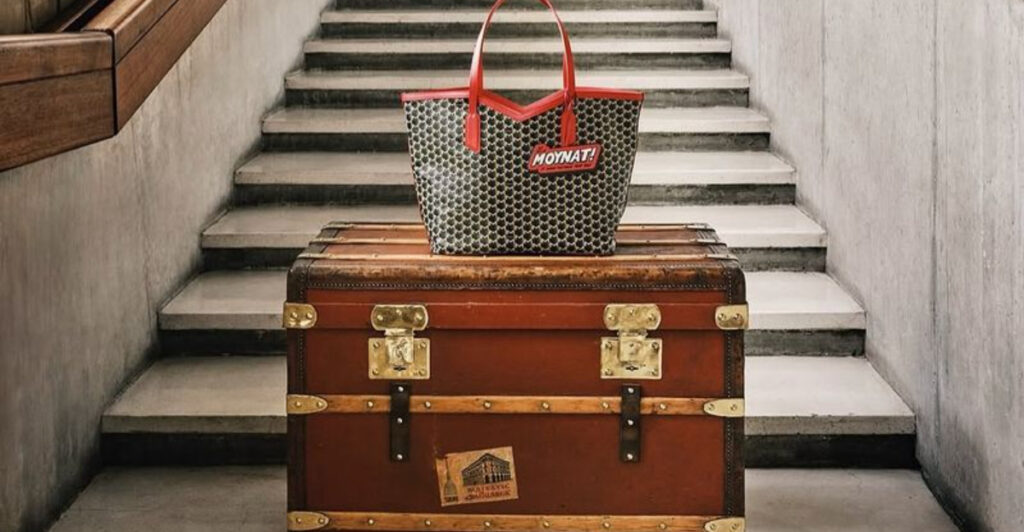Ever wondered what separates ordinary travel bags from those treasured by globe-trotters for generations? Luxury luggage isn’t just about fancy logos – it’s about craftsmanship that withstands both time and travel. These classic brands have carried the belongings of royalty, celebrities, and adventurers while becoming symbols of journeys well-traveled.
Louis Vuitton: The Pioneer of Travel Elegance
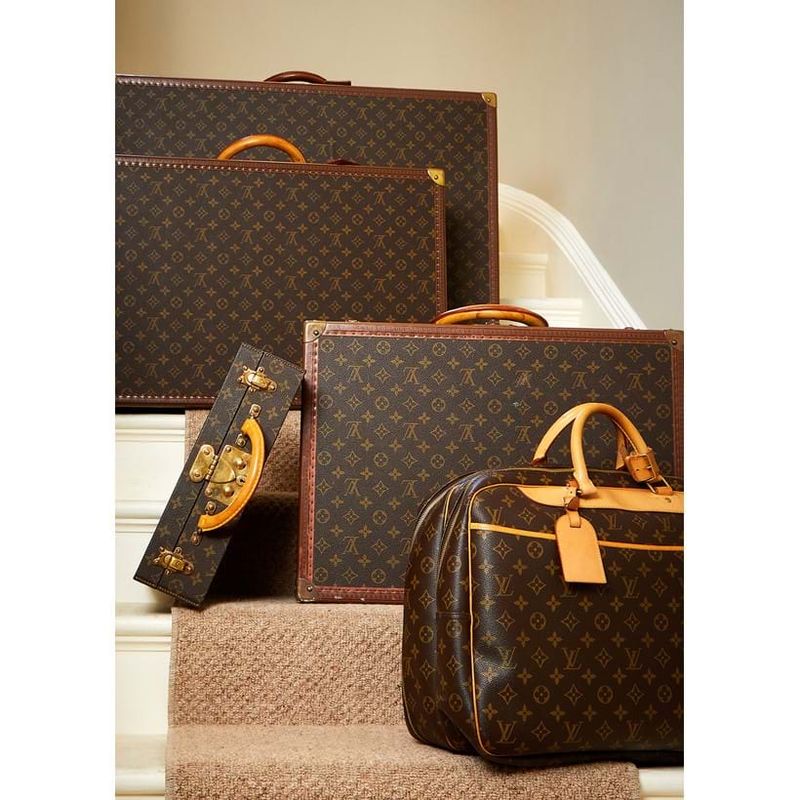
Imagine Paris in 1854, when a young trunk-maker named Louis Vuitton first created flat-topped trunks that could be stacked, revolutionizing travel for the elite. His signature monogram canvas, created to prevent counterfeiting, has become perhaps the most recognized luxury pattern worldwide.
The brand’s vintage trunks now fetch astronomical prices at auction houses, treasured as much as fine art. Modern Louis Vuitton luggage maintains this heritage while incorporating contemporary features for today’s travelers.
Rimowa: German Engineering Meets Sleek Design
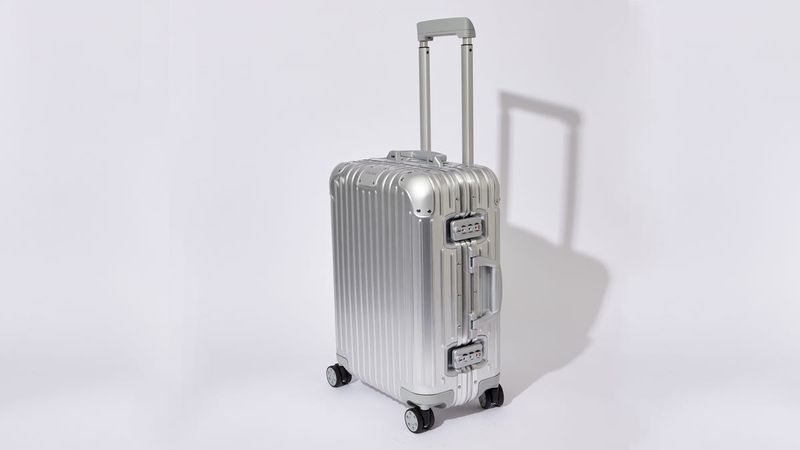
Aluminum changed everything for Rimowa in 1937. When a factory fire destroyed all materials except aluminum, they created the first metal luggage with distinctive parallel grooves inspired by the world’s first all-metal aircraft. This happy accident revolutionized luggage forever.
Each case requires over 200 manufacturing steps. Celebrity fans include Virgil Abloh, Gwyneth Paltrow, and Roger Federer, who appreciate the perfect balance of resilience and lightweight construction that has defined Rimowa for generations.
Globe-Trotter: Handcrafted British Resilience
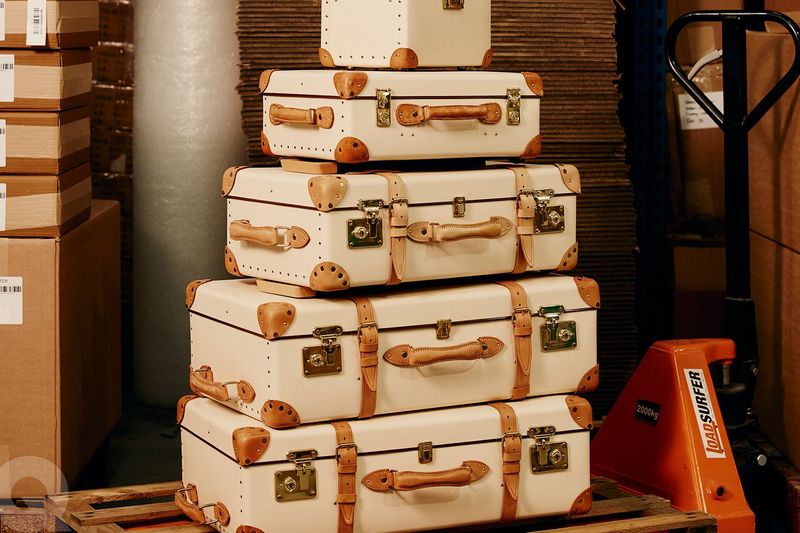
Queen Elizabeth II carried her Globe-Trotter luggage on her honeymoon in 1947 – a testament to the brand’s royal approval. Their vulcanized fiberboard cases, though deceptively lightweight, are strong enough that an elephant once stood on one during a 1912 demonstration!
Still handmade in Hertfordshire, England, using Victorian-era machinery and techniques, each piece requires 10 days to complete. The brand’s collaborations with James Bond films and fashion houses like Gucci have introduced this heritage brand to new generations of luxury travelers.
Au Départ: The Forgotten French Treasure

Before Louis Vuitton became synonymous with luxury travel, Au Départ was the preferred trunkmaker for French aristocracy. Founded in 1834, the brand pioneered the use of waterproof canvas and specialized in bespoke trunks for specific purposes – from picnic hampers to automobile cases.
After nearly disappearing in the 1970s, Au Départ has experienced a remarkable revival. The brand’s distinctive checkerboard pattern and custom capabilities once again grace the world’s most exclusive hotels and private jets, reclaiming its position among luxury travel’s elite circle.
Moynat: The Discreet Master of Luxury
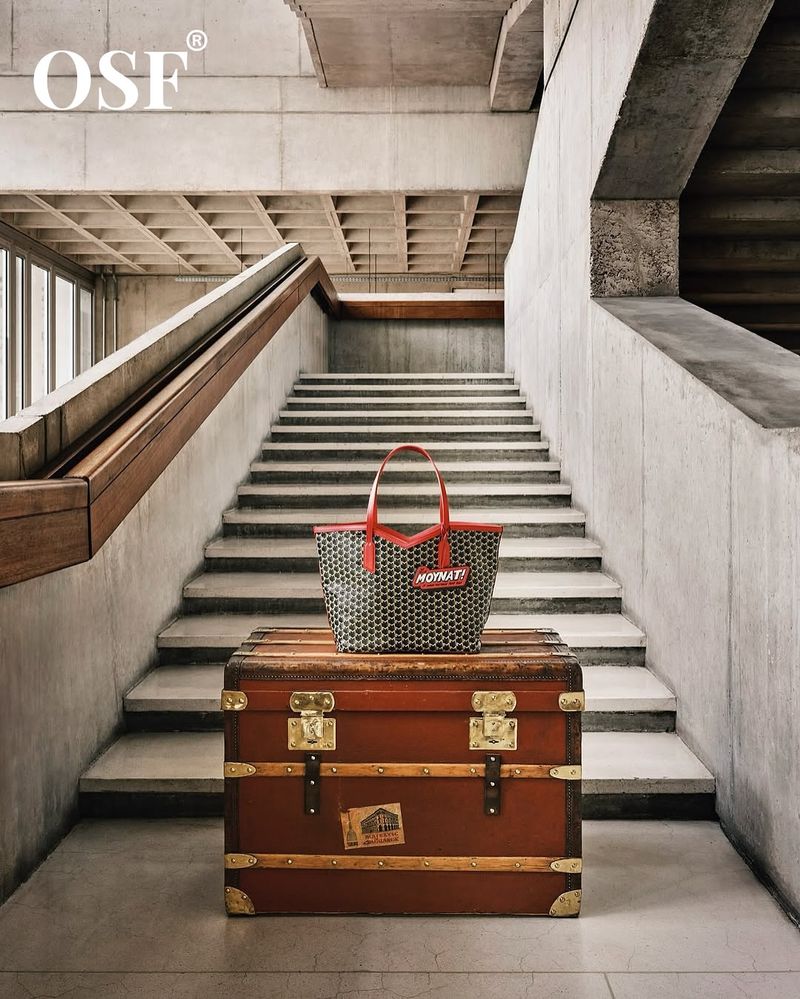
While other luxury brands embraced celebrity endorsements, Moynat remained in the shadows, preferring word-of-mouth among the truly elite. Founded by trunk-maker Pauline Moynat – a rarity as a female entrepreneur in 1849 – the brand pioneered lightweight, waterproof trunks for horse-drawn carriages.
After lying dormant for decades, Bernard Arnault revived Moynat in 2011, maintaining its tradition of made-to-order pieces. The brand’s signature Limousine trunk, curved to fit atop vintage cars, exemplifies their innovative approach to travel challenges.
Goyard: The Secretive Status Symbol
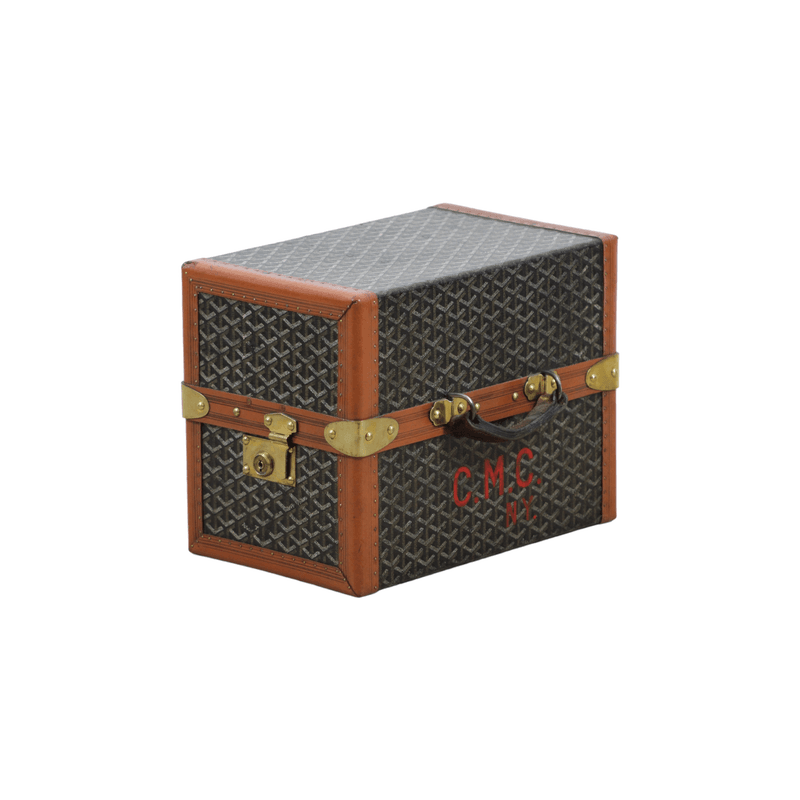
The chevron-patterned totes you’ve spotted on celebrities’ arms come from the most mysterious luxury house of all. Goyard operates without conventional advertising, social media, or e-commerce – relying entirely on reputation among those who know.
Founded in 1792 as House of Martin, it became Goyard in 1853. The brand’s signature pattern isn’t printed but hand-painted using traditional techniques, requiring multiple layers. Their personalization service offers over 17 colors and custom monogramming, creating truly one-of-a-kind travel companions for discerning clients.
Hartmann: American Heritage on Wheels
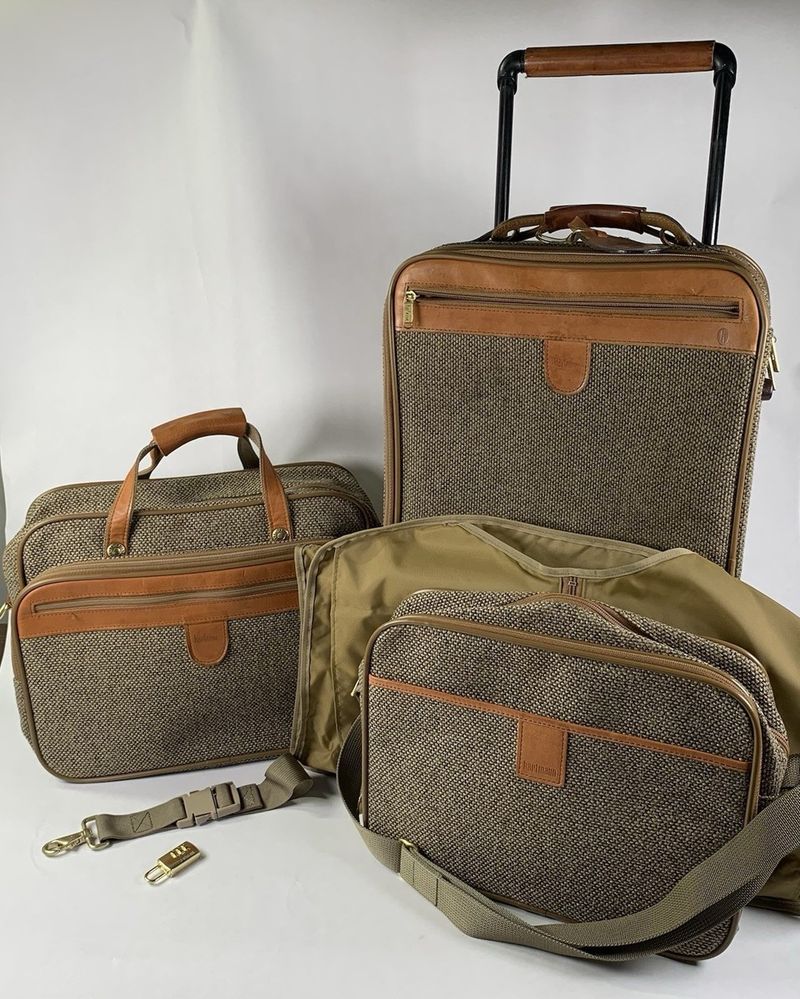
Railroad travel’s golden age inspired Joseph Hartmann to create luggage tough enough for America’s expanding frontiers. The brand’s walnut-colored tweed and leather trimming became status symbols for the country’s industrial elite as they traversed the continent.
Hartmann pioneered built-in hangers, removable dividers, and shock-absorbing handles decades before competitors. Their vintage wingback design remains instantly recognizable in airport lounges. Though now owned by Samsonite, Hartmann maintains its reputation for understated American luxury that improves with age.
Tumi: Business Class Redefined
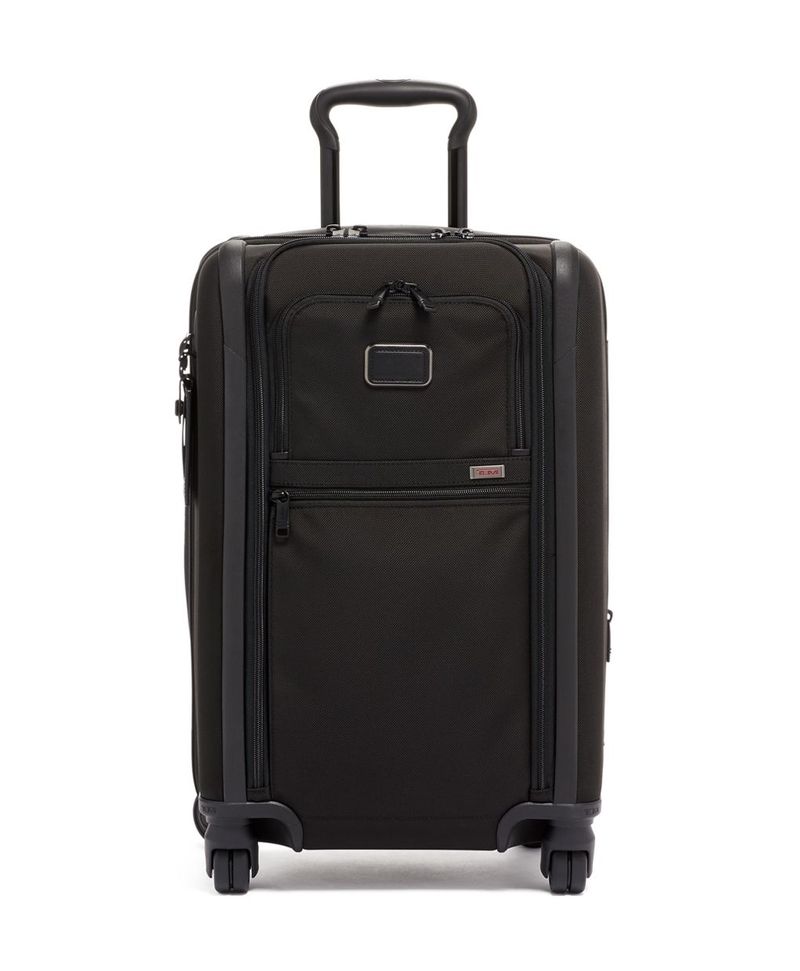
Named after a Peruvian ceremonial knife, Tumi transformed business travel with its virtually indestructible ballistic nylon bags in 1975. Founder Charlie Clifford drew inspiration from military gear to create luggage that could withstand the punishment of frequent flying.
The brand’s innovation continues with integrated USB ports, tracking systems, and antimicrobial linings. What truly sets Tumi apart is its legendary repair service – technicians can fix almost any damage, anywhere in the world. For many executives, owning Tumi signals arrival in the corporate world’s upper echelons.
Bric’s: Italian Flair Meets Practical Function
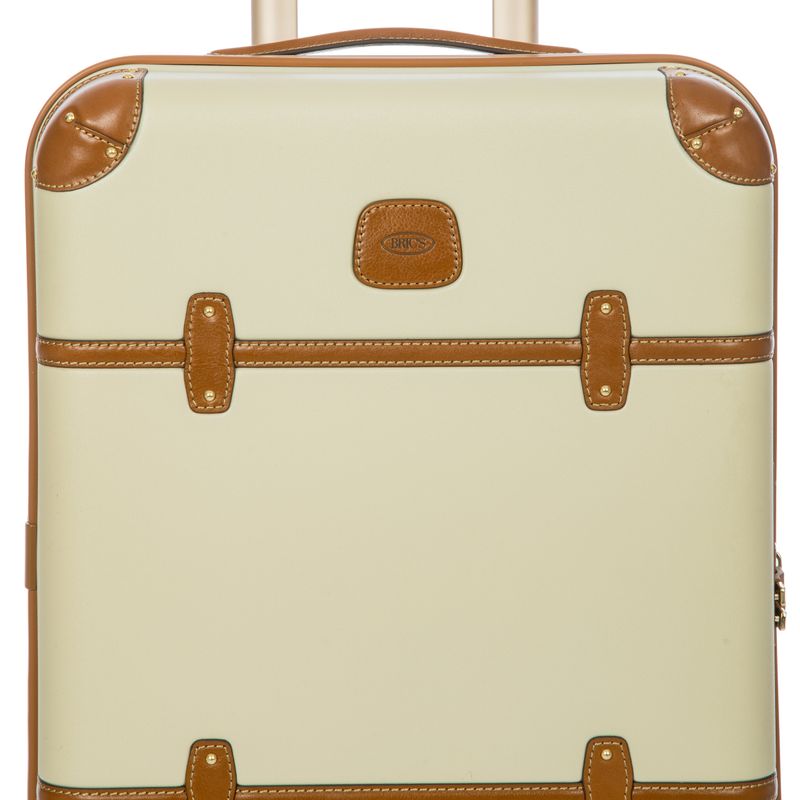
From a small workshop near Lake Como, Mario Briccola created luggage that captured Italy’s effortless style. Bric’s signature combination of full-grain leather trim against weather-resistant PVC became the choice for European weekend getaways and Mediterranean cruises.
Unlike some heritage brands, Bric’s embraces color – their gelato-inspired palettes bring joy to dreary baggage carousels. The brand balances Italian craftsmanship with surprisingly accessible pricing. Celebrity fans include Kate Middleton and Amal Clooney, who appreciate the brand’s sophisticated yet unpretentious approach to travel style.
Valextra: Minimalist Perfection in Motion
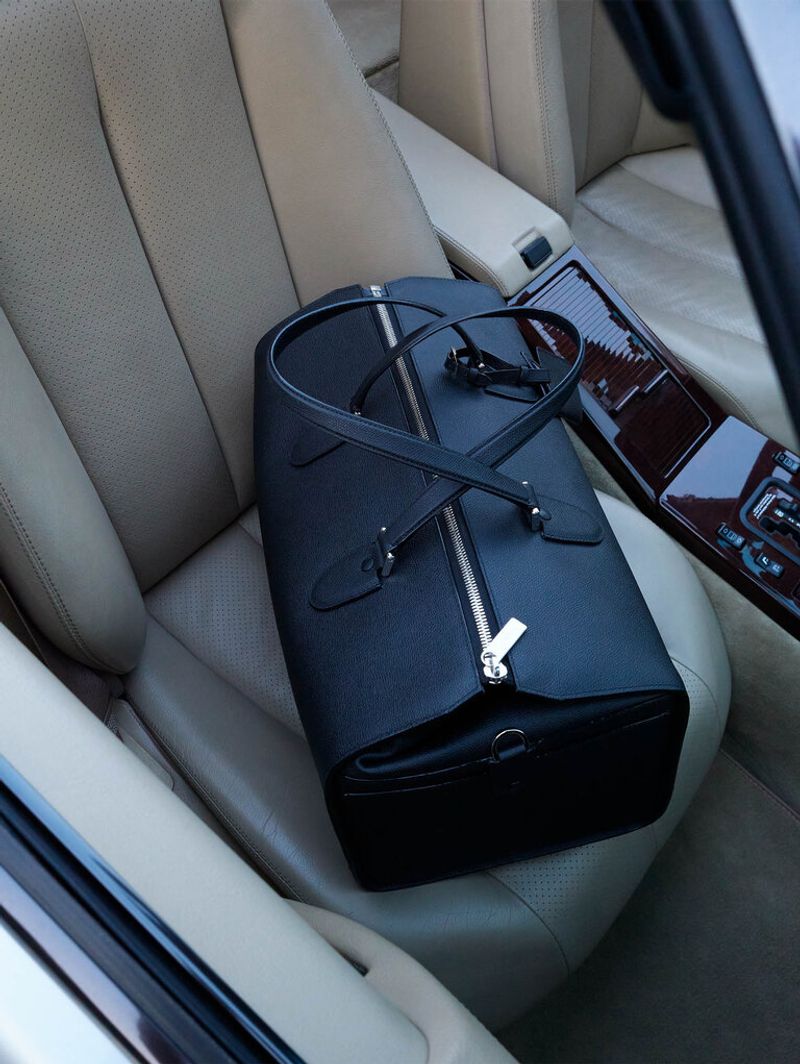
“Costa” means “rib” in Italian – an apt description for the distinctive ridges hand-applied to every Valextra piece. Founded in Milan in 1937, this under-the-radar brand creates luggage for those who find logos distasteful yet spare no expense for quality.
Each piece undergoes 41 separate production phases and requires a minimum of 8 hours of handwork. The brand’s signature Costa lacquering process creates edges so perfect they resemble architectural elements. For the minimalist traveler who recognizes that true luxury whispers rather than shouts, Valextra remains the ultimate status symbol.
Prada: Fashion Forward Time Travelers
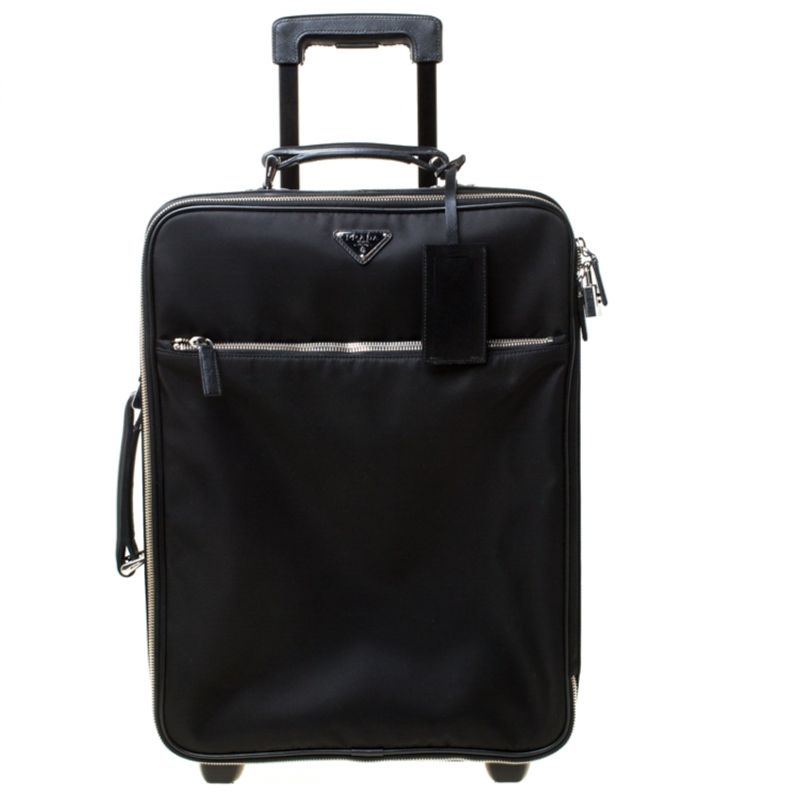
Before becoming a fashion powerhouse, Prada was Mario Prada’s leather goods shop catering to Milanese aristocracy. The brand’s most iconic travel piece – the nylon backpack introduced by Miuccia Prada in 1984 – initially shocked luxury consumers accustomed to leather but soon became a revolution in practical luxury.
Prada’s Saffiano leather luggage, with its distinctive cross-hatch pattern, resists scratches and water damage. The brand balances its industrial-influenced aesthetic with meticulous craftsmanship. For travelers who view their luggage as fashion statements rather than mere containers, Prada offers intellectual cool alongside Italian quality.

